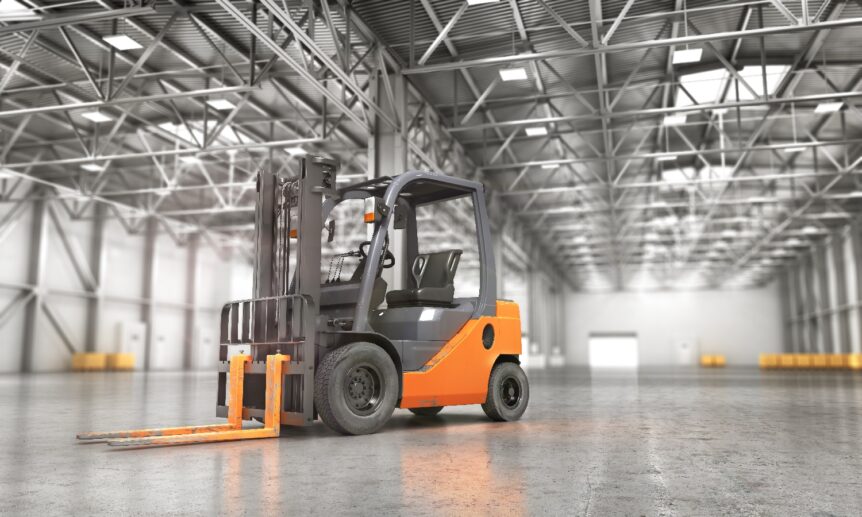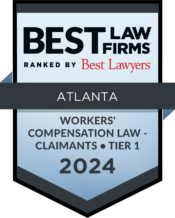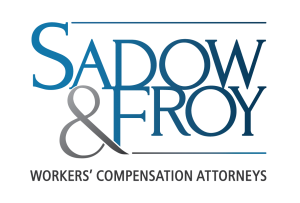
Forklift Injuries and Tips for Prevention
Forklifts are essential equipment in many industries, but they can pose significant risks if not operated and managed safely. Forklift injuries can result from a variety of factors, including operator errors, mechanical failures, inadequate training, and poor workplace practices. Here are some common types of forklift injuries and ways to prevent them:
Falls: Operators can fall from the forklift due to unstable loads or improper mounting/dismounting.
Solution: Proper training and the use of three-point contact when getting on or off the forklift can help prevent falls.
Crush Injuries: Forklift operators can get crushed between the forklift and a stationary object, such as a wall or another vehicle.
Solution: Keeping a safe distance from objects and being aware of the forklift’s rear swing radius can help prevent these injuries.
Struck by Forklift: Pedestrians working in the same area as forklifts can be struck by the vehicle.
Solution: Establishing designated pedestrian walkways, using warning signals, and training operators to be vigilant can reduce these incidents.
Falling Loads: Loads can fall off the forks if they are not properly secured or if the forklift is operated too quickly.
Solution: Operators should ensure loads are stable and secure before moving.
Forklift Tip-Overs: Forklifts can tip over if they are operated on uneven surfaces or at excessive speeds.
Solution: Operators should follow safe driving practices, and employers should maintain level floors and provide appropriate training.
Brake Failures: Brake failures can lead to accidents.
Solution: Regular maintenance and inspections are essential to identify and address mechanical issues before they cause injuries.
Lack of Training: Inadequate training can lead to a variety of forklift-related accidents.
Solution: Employers should ensure that all forklift operators receive proper training and certification.
Inadequate Safety Procedures: A lack of safety procedures, such as failing to conduct pre-shift inspections or not using seatbelts, can contribute to accidents.
Solution: Employers should implement comprehensive safety protocols.
To prevent forklift injuries, employers should focus on safety through proper training, regular equipment maintenance, and clear workplace safety procedures. Unfortunately, serious injuries result because many employers do not make safety a priority. If you, a friend, or a family member has been injured in a forklift accident, we can help. Susan J. Sadow and Heather D. Froy have handled countless forklift injury cases throughout our careers.


